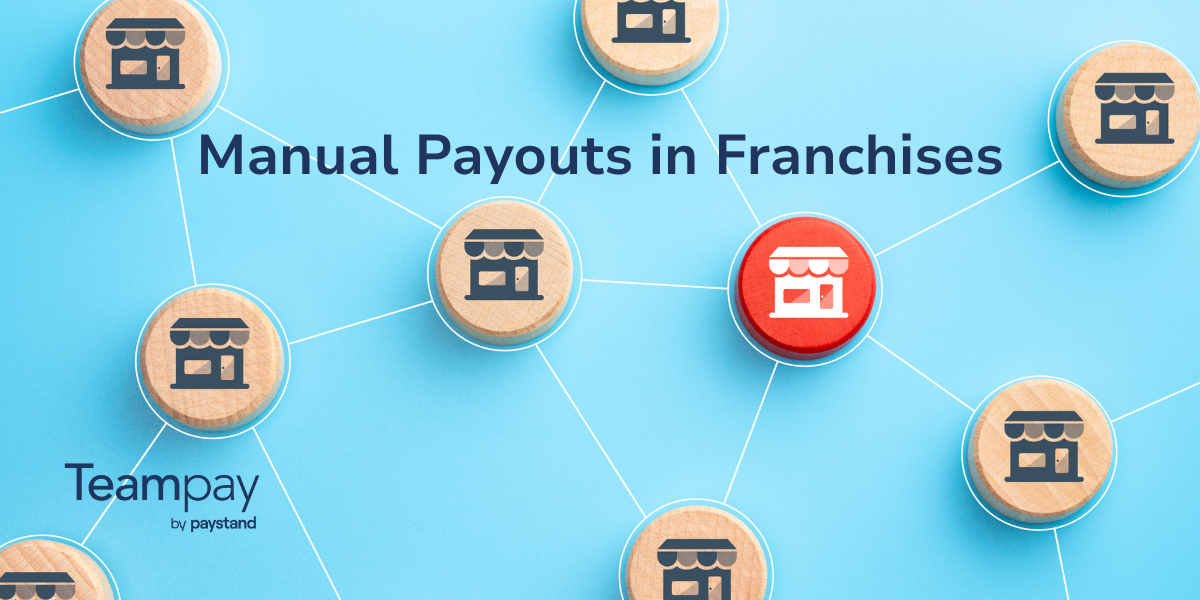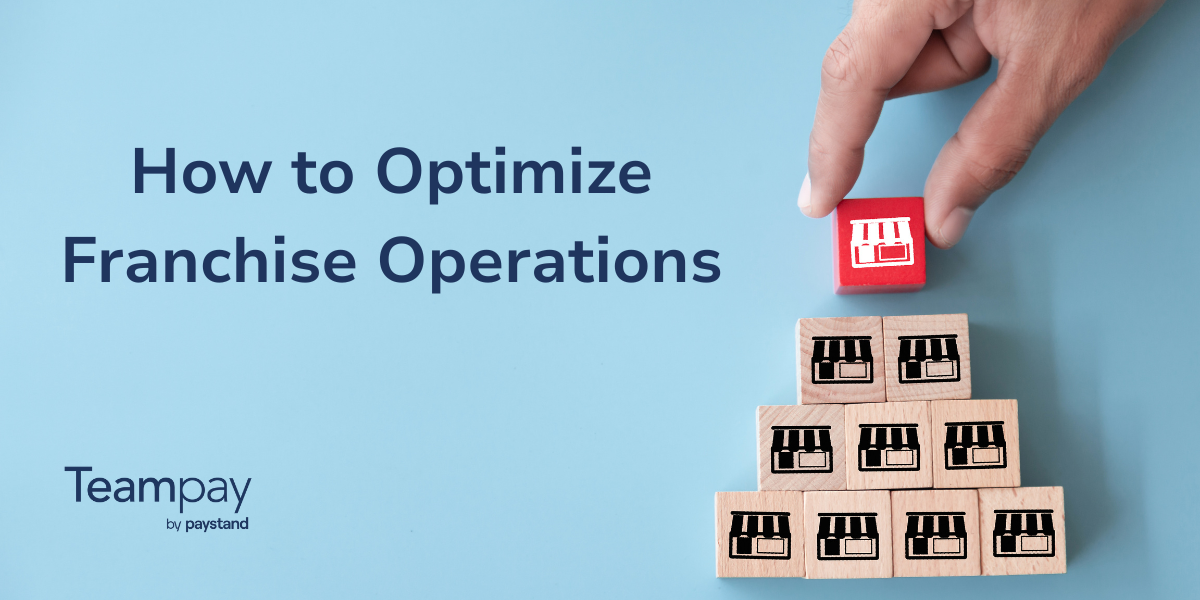Table of Contents
Key Takeaways
- Microsoft Excel is a powerful starter tool with multiple expense reporting template options to streamline your reporting.
- From basic expense reports to highly customized travel reimbursement and weekly expenses, it’s possible to develop a reporting process tailored to your company.
- Expense management software enables you to further streamline these templates, reduce manual data entry, and boost efficiency.
Accounting, finance, and other office professionals spend a whopping 38% of their time in the godfather of the spreadsheet, Microsoft Excel. Although accounting professionals are increasingly adopting automation tools to do their jobs, sometimes it is still necessary to use Excel to sort out your expense reports.
Determining what reports to manage manually through a spreadsheet matters. The last thing you want is to waste valuable time and energy recreating the wheel when it comes to reporting.
We’ve asked the experts and proposed 7 reports you can create yourself with minimum effort—and templates to help you streamline your manual data entry.
First: Common Questions about Digitizing Expense Reports
Before we dive into the templates, it’s important to cover some critical questions and concepts regarding expense report sheets and expense report automation.
How Do I Make an Expense Report (Or Use These Templates)?
The reason Excel is so popular is because it simplifies the expense report process through templates and automatic calculations. Basic expense reports are great for beginners, as you can add individual columns for transaction dates, descriptions, amounts, and method of payments.
As you learn more about Excel, it’s possible to tailor your spreadsheet and expand your categories through colorful tables and graphics.
To get started, however, download or copy the templates from the attached examples.
Are Expense Reports Necessary?
Yes. Organizations require expense reports to make informed decisions regarding spend. Shifting from manual, paper-based expense reports to excel reduces the likelihood of human error and speeds up the process. Automation is an extension of this efficiency, as it drives accurate and transparent expense trafficking with little effort for the finance team.
Excel vs. Automation: What Problems Do Automated Expense Reporting Systems Solve for Companies?
Excel was one of the first digital tools to make expense reporting streamlined and accessible. It’s powerful and almost everyone has basic familiarity with the software. However, it’s not fully automated.
Automated expense reporting software significantly reduces manual data entry, offers cost and time savings, and automatically compiles reports. The right solution will integrate with your accounting software, making it easier for the finance team to get a full understanding of cash flow challenges and opportunities.
An Easy Standard Expense Report Template

As a fundamental overview of expenses, the Standard Expense Report Template, also called a basic expense report, is a great place to start. These reports are relatively simple and easily customizable. Basic reports are especially valuable to smaller organizations and startup companies as they tend to give you only what you need and can be modified to fit your exact needs.
You’ll want to include the following data in your report:
- Record date
- Payment method
- Vendor
- Expense description
- Payment amount
Finance teams can add more columns to capture other details as needed. For example, vendors may offer early payment discounts. You may choose to include this data in your sheet if you are able to apply this discount. You may also prefer to have a drop-down for expense categories to make reviewing specific department transactions easier. Nonprofits, for instance, might want a column to determine if an expense is related to programming, fundraising, or management.
Travel Expense Report Template

Travel expenses are one of the most common expense report types, so it’s no wonder they head the list regarding top templates. From the developer of Microsoft Excel comes this Travel Expense Report Template. This template organizes charges for hotel, meals, and transportation (including mileage if using your own car).
When customizing your travel expense spreadsheet, you add granular data, such as:
- A column for links to digital receipts
- Employee details, such as name, position, and manager information
- Destination
- Travel dates
- Purpose of the trip
- Approval information, such as the approver’s name and date approved
- An extra sheet for spend policy notes related to travel
Business Mileage Log Template

Sometimes employees will use their own vehicle for business purposes. While this can save your company the money that you may have spent on a car service or other transportation, you will likely need to compensate employees for their driving time. A Business Mileage Log Template can help you do just that.
Similar to tracking transportation for travel expenses, you will want to track the state and end point, the purpose of the trip, total miles, work-related miles, and the date of the trip.
Event Budget & Expense Template

This Event Budget & Expense Report Template tracks estimated vs. actual costs for every aspect of your event. In this way, it acts as both a budget and an expense report, providing you an extra layer of data to make sure your event stays on track and inform future cost projections. Larger company events will frequently incur costs beyond just rental and insurance fees, at times requiring additional spending on things like public relations, vendor costs, and programming expenses, many of which employees end up putting on their personal cards.
Project Expense Report Template

Project Expense Reports track and report all directly attributable expenses incurred during specific company projects. Generally, the expenses and expense types are pre-approved by management to fall in line with budgets and simplify later reconciliations. Often these costs are associated with general travel or lodging but might also include certain incidentals such as flight changes or venue costs at certain events your company is sponsoring.
Timed Expense Template

Typically, expense reports are filed on a weekly, monthly, quarterly, or annual basis. Depending on the payment structure and accounting practices of your organization, you may need to use multiple models.
Expense templates should be kept as separate sheets to ease collective reimbursements later on. Some companies will use both weekly and monthly expense reports to ensure that errors in reporting or payment processing don’t become large-scale detriments when it comes time to file quarterly or year-end documents.
A weekly expense report template can be easily modified for any chunk of time, including a monthly or quarterly report. Regardless of what timeframe benefits your reporting, having a clear overview report will make the rest of your documentation easier. And it can help you better forecast and make decisions about long-term expenses.
Contractor Expense Report Template

With so many projects varying in both size and scope, companies will often flex open positions to either temporarily or permanently expand the labor force. Keeping employee expenses separate from contractor expenses can help compartmentalize who is working on what and how it is contributing to the overall budget. The importance of this this approach is that it can be applied to full-time, part-time, or contracted workers, as many organizations are now comprised of mixed work forces. ContractorCalculator created this basic contractor expense report.
That said, industries like construction that rely heavily on contractors, will find substantial benefit in automating these reports. It can be complex and time-consuming to manually enter data for a large number of contractors—on top of keeping contractor information separate from employee data.
That said, if using an Excel template for contractors, you’ll want to include information like:
- Contractor name
- Their EIN or social security number
- A link to their W-9 file
- Related project
- Expense date
- Expense description
- Expense amount
- Currency used
Skip the Spreadsheets: Automate Your Expense Reporting
Excel is a powerful tool. But it is limited in scale and requires a significant amount of time to manage. Automation can help.
The right automation tool will do more than accelerate your process and calculations. It will also align expenses with company policy—and notify you if there’s a policy violation. Accounts payable automation can sort and group receipts, generate reports in minutes, and backup data. In many cases, you export or import data from your Excel sheet into the automated software to support your team.
By using distributed spend management software, your finance team can take charge of automating and eliminating tedious manual tasks like expense reporting. Through real-time spend data, you can manage all company purchases, whether paid via virtual cards, physical cards, purchase orders, or expense reimbursements.












